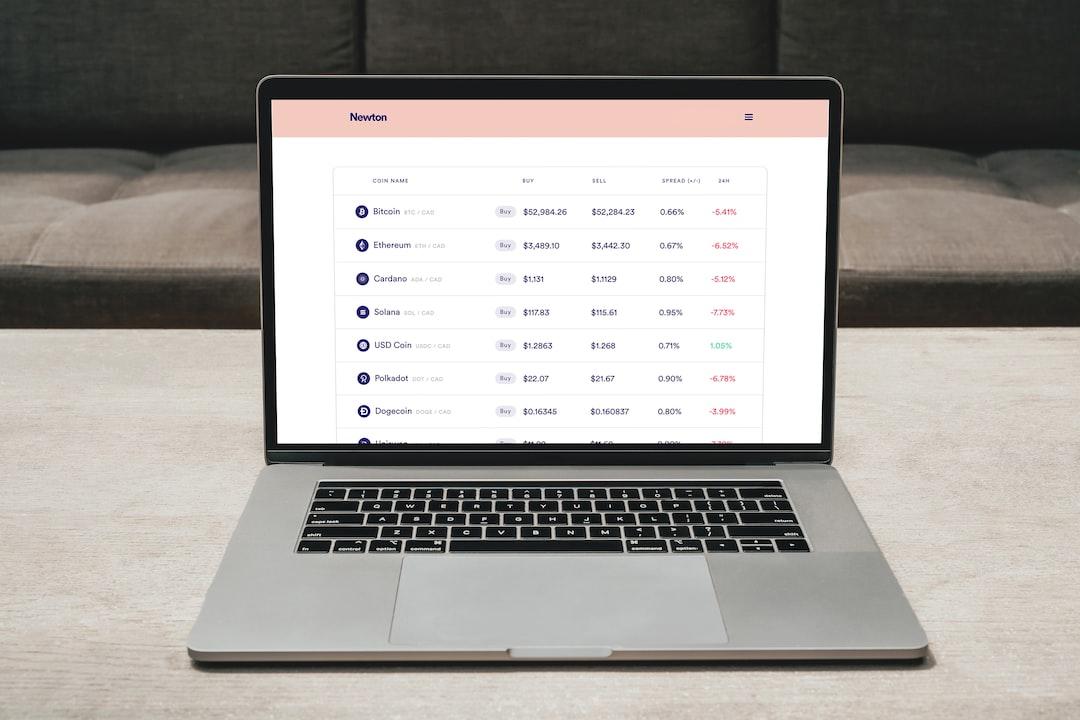Following a brief flirtation with the $63,800 mark on July 1, Bitcoin (BTC) saw a significant downturn, hitting a low of $56,746 on July 4. This three-day decline marked an 11% drop from its peak. Despite attempts to reclaim the $58,000 support level, Bitcoin’s price remains 21.5% below its all-time high of $73,757 set on March 14th.
Nevertheless, the demand for Bitcoin derivatives and stablecoins in China indicates that traders are not prepared to throw in the towel, hinting at the possibility of the 2024 bull market continuing its run.
As Bitcoin’s price took a dip, the S&P 500 and gold crept towards their respective all-time highs. The S&P 500 hit a new peak on July 3, while gold lingered just under 4% below its record $2,450 high from May 19. The stock market surge stemmed from companies outperforming expectations and the growing anticipation of interest rate cuts by the U.S. Federal Reserve in 2024. This situation highlights that the crypto market downturn isn’t aligned with the broader demand for risky assets or alternative investments.
Additionally, the U.S. 5-year Treasury yield has held steady at 4.33% for the past four weeks, showing no signs of a flight to quality where investors typically seek safer assets. Usually, this would lead to lower yields as demand for government bonds rises amidst inflation concerns driving traders towards higher returns. However, these shifts have not materialized recently, leaving Bitcoin’s 19% slide over four weeks without support from wider macroeconomic trends.
Despite strong selling pressure, Bitcoin whales and market makers have demonstrated resilience, as indicated by two significant derivatives measures.
Professional traders tend to gravitate towards monthly contracts as they lack a funding rate. In a neutral market, these contracts typically trade at a premium of 5% to 10% to account for their extended settlement periods. Data indicates that the BTC futures premium dropped to 7.5% on July 4, remaining in the neutral zone. The premium surpassed the bullish 10% threshold briefly on July 2 but lasted less than four days. The current premium closely resembles the period between June 21 and June 24, following a 12-day correction of 15%.
It’s crucial for traders to also consider options markets to gauge investor sentiment. A delta skew metric rise above 8% suggests bearish sentiment, while a negative 8% indicates optimism. Presently, the BTC options 25% delta skew sits at 0%, indicating balanced pricing between call (buy) and put (sell) options. This marks a decrease in confidence compared to the prior week’s -5% but remains within the neutral range. There seems to be no immediate demand for hedging through Bitcoin options.
To better gauge if reduced interest in Bitcoin futures mirrors broader market sentiment, assessing the demand for stablecoins in China is insightful. Typically, high retail demand for cryptocurrencies results in stablecoins trading at a premium of 2% or more above the official U.S. dollar rate, while a discount usually signals bearish markets. The premium for China’s USDC stablecoin dipped below 1% on June 28, suggesting a flurry of cryptocurrency liquidations. However, this trend reversed on July 4, with the premium bouncing back to a more balanced 1.8%. This recovery hints at a recent surge in buying as traders convert fiat CNY into stablecoins.
With Bitcoin derivatives showing no bearish signals, this data strengthens the belief that the BTC price is likely to reclaim the $60,000 support threshold in the near future.
This article provides information and analysis and does not offer investment advice. Every investment decision involves risk, and readers are encouraged to conduct their own research before making any financial choices.

